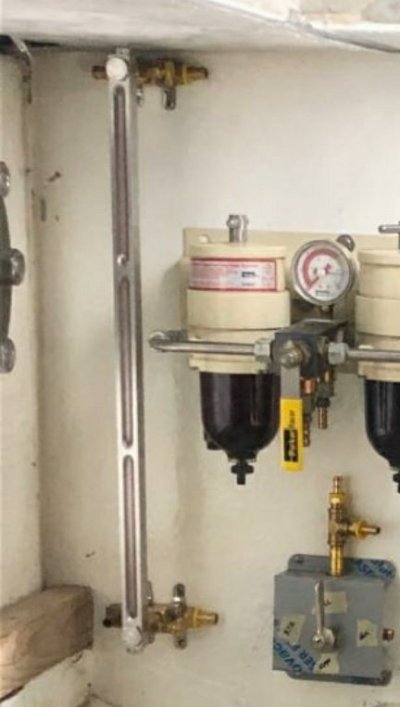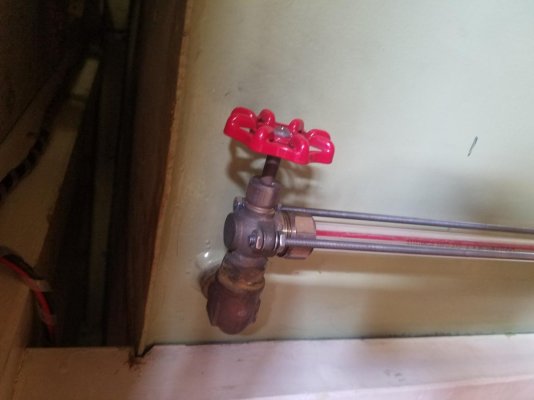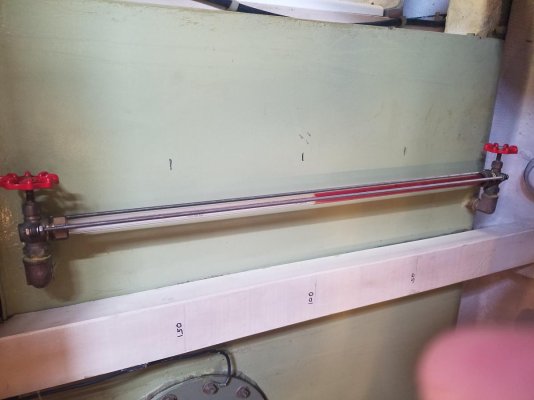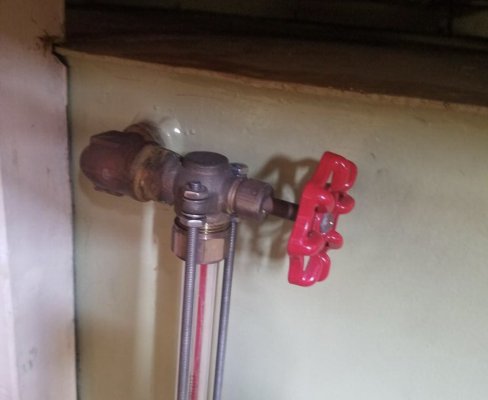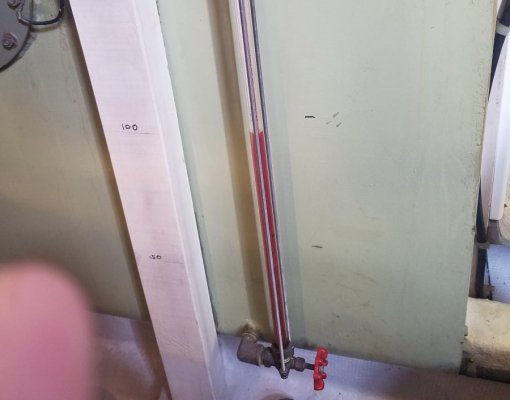Solly
Senior Member
- Joined
- Mar 13, 2018
- Messages
- 488
- Location
- USA
- Vessel Name
- Sun Runner
- Vessel Make
- 1985 Mainship 34 Trawler MK III
Just a thought..
Looking at your drawings you want to feed from the front tank and return to the rear with a crossover in between the tanks. I believe the crossover should have shut offs at both tanks in case it starts leaking. Sight tubes have shutoffs top and bottom. If you ever have to shut off the crossover you might have a problem using that side. You can draw fuel from the front but with no vent it will pull a vacuum and shut down at some point. Also what happens if the return fills the rear tank ? Where would it go ?
I'd seriously consider keeping the tanks separate. More connections and all.
Maybe somebody with more experience will chime in on this !
Looking at your drawings you want to feed from the front tank and return to the rear with a crossover in between the tanks. I believe the crossover should have shut offs at both tanks in case it starts leaking. Sight tubes have shutoffs top and bottom. If you ever have to shut off the crossover you might have a problem using that side. You can draw fuel from the front but with no vent it will pull a vacuum and shut down at some point. Also what happens if the return fills the rear tank ? Where would it go ?
I'd seriously consider keeping the tanks separate. More connections and all.
Maybe somebody with more experience will chime in on this !

